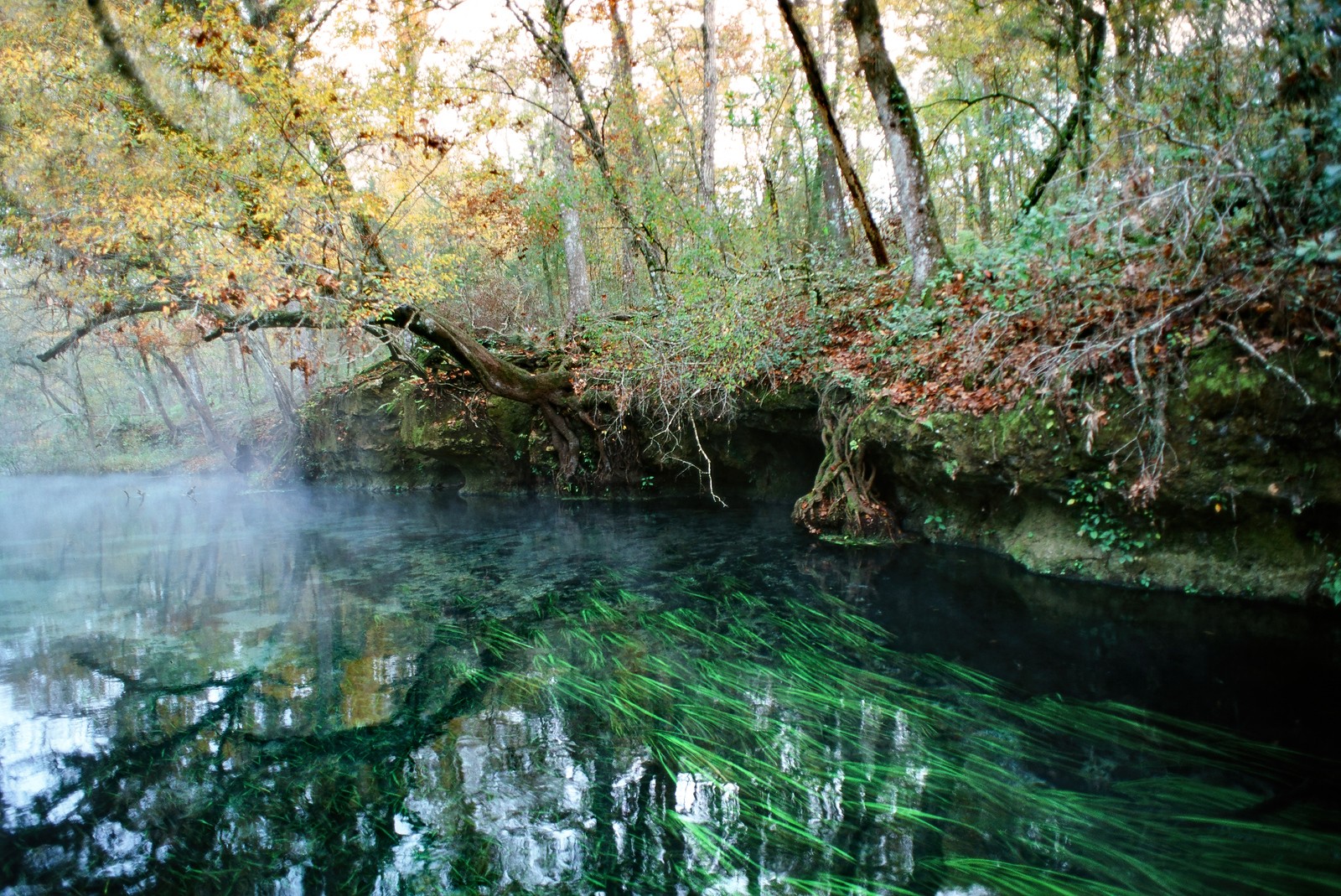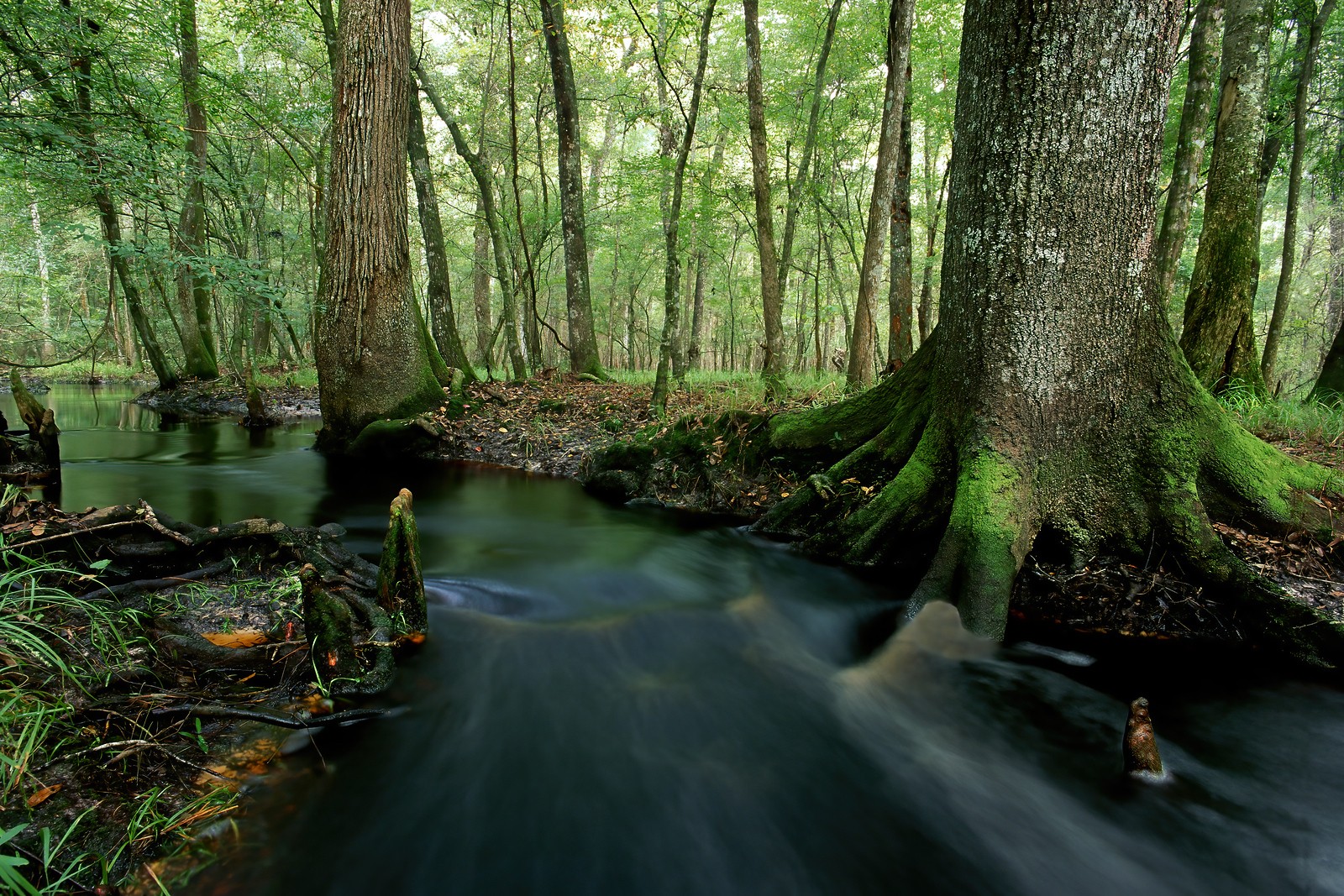Springs and Karst Rivers

North Florida is springs country, with the highest density of 1st magnitude springs on Earth. All are special places, woven into the fabric of life in Florida in ways that make their protection of paramount public importance. Their environmental properties (unparalleled thermal, discharge, and chemical stability; extraordinarily clear water) also make them remarkable model systems. Silver River, for example, is the iconic venue of some of the most important early studies in aquatic ecosystem science. The broad declines in the ecological condition of springs is a grand management challenge at the nexus of water quantity and quality, invasion and disturbance ecology, and restoration decision making. Our research emphasizes fundamental knowledge to support practical management and restoration decision making.




